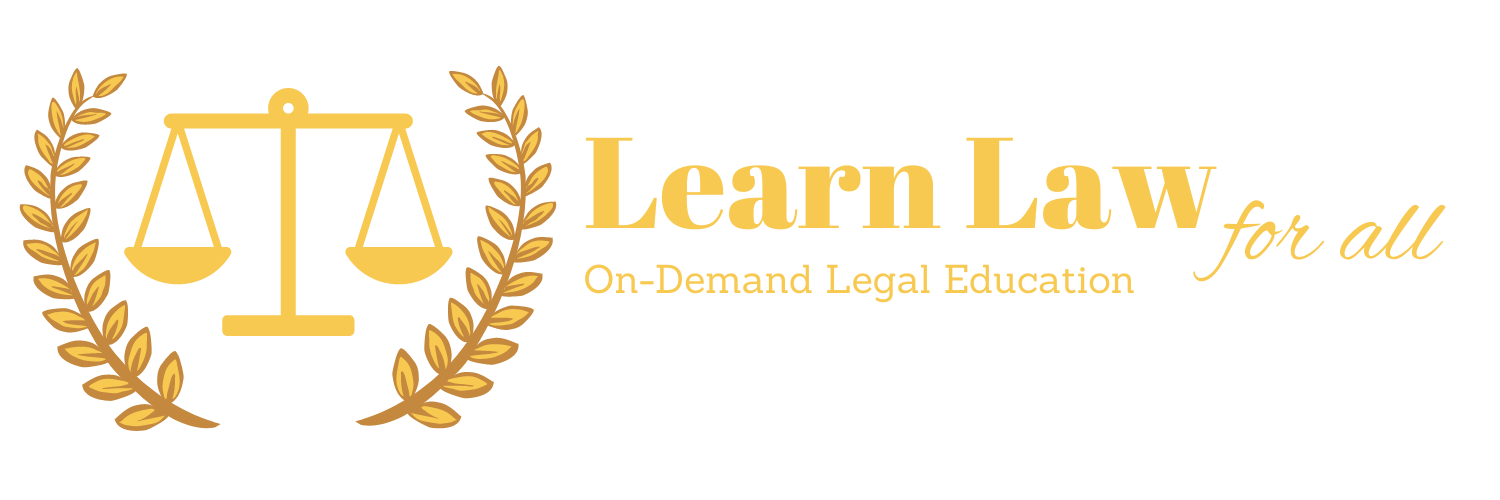Step 1: Understand Your Judgment
First off, a judgment is a court's decision that says someone owes you money. But getting this decision is just the start; now you need to collect the money.
Step 2: Locate the Debtor's Assets
To collect, you need to find out what the debtor owns. This could be a job (for wage garnishment), bank accounts, or other property. Sometimes you might need to ask the court to help you get this information from the debtor.
Limitation: Privacy and Laws
Remember, there are strict rules about privacy and what you can access. You can’t harass the debtor or invade their privacy illegally to find this information.
Step 3: Wage Garnishment
One common way to collect is by garnishing the debtor's wages. This means a part of their salary is taken and given to you until the debt is paid off.
Step 4: Bank Account Garnishment
Another option is to garnish the debtor’s bank account. This means the bank is ordered to take money from the debtor’s account to pay the debt.
Limitation: Exempt Funds
Be aware, certain money in the debtor's account might be protected. For example, social security benefits can’t generally be garnished. Furthermore, there is an amount that threshold, where money below that amount cannot be garnished.
Step 5: Property Lien
You might also put a lien on the debtor’s property, like their house. This doesn’t get you money right away, but it means you could get paid if the property is sold.
Limitation: Market Conditions
However, this depends on the property's value and if it’s sold. Market conditions can affect whether this is a quick or slow process.
Step 6: Execute the Judgment
Executing the judgment might involve seizing property or having the sheriff sell the debtor's assets at an auction.
Limitation: Asset Value and Legal Restrictions
The success of this depends on the value of the assets and legal permissions. Some assets might be protected from seizure, or selling them might not cover the full debt.
Final Thoughts
Collecting a judgment can be complex, and each method has its limitations. It's important to balance being persistent with respecting the debtor's legal rights. If you’re unsure about the process, consider consulting with a debt collection attorney to help guide you through the legal landscape in Arizona.
Click Here to learn more about that class. Come to www.LearnLawForAll.com and Learn like a lawyer!

